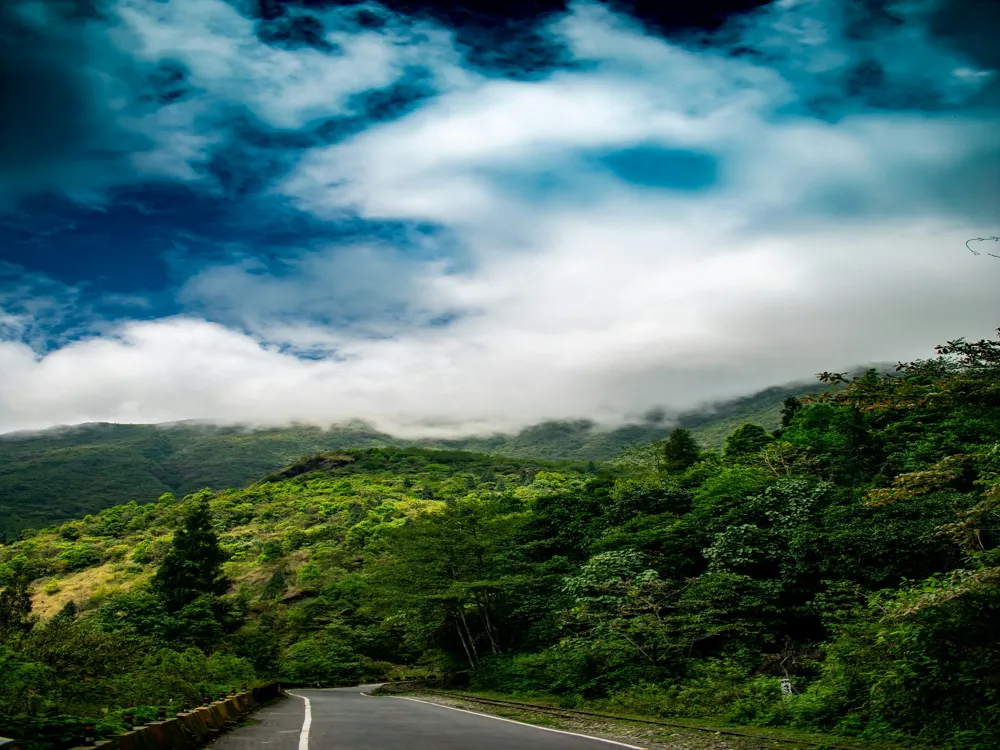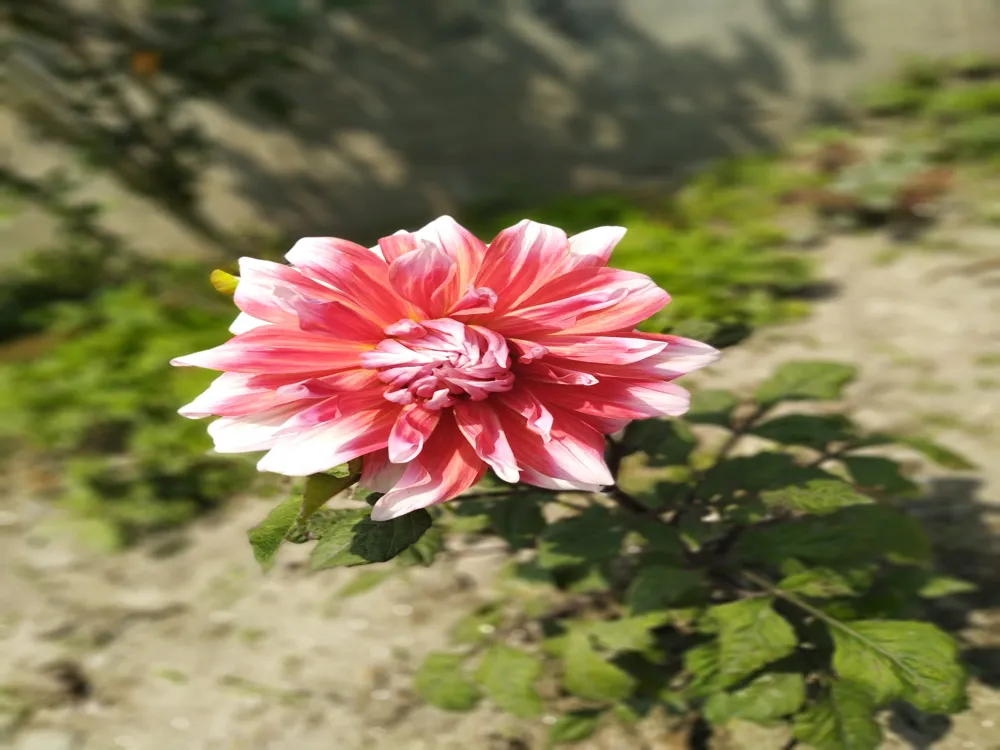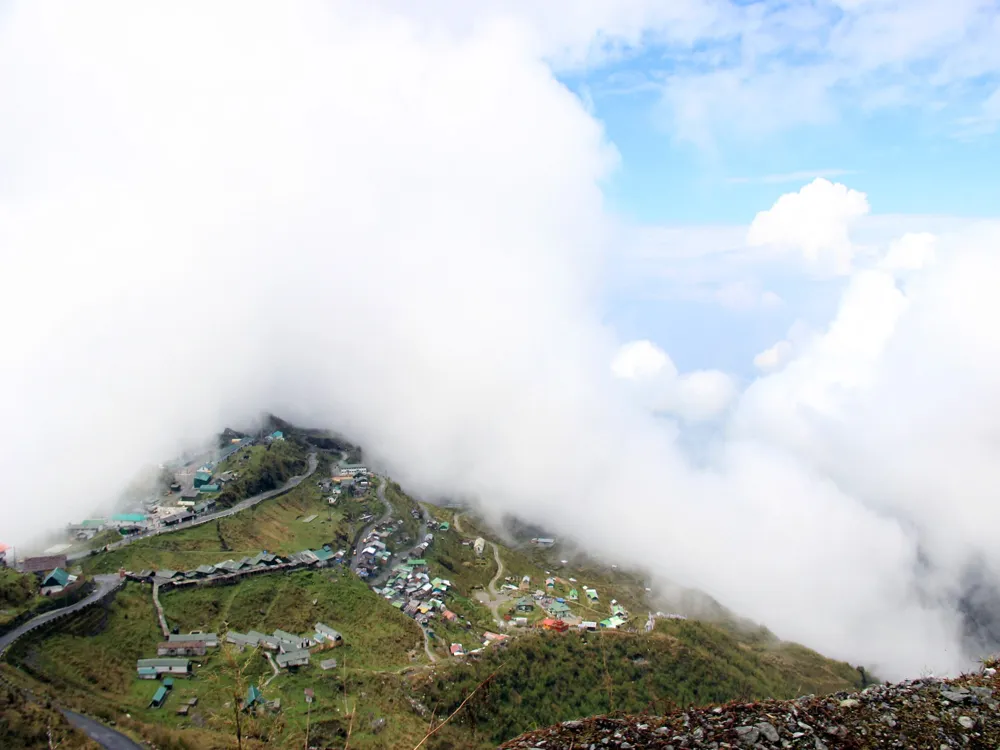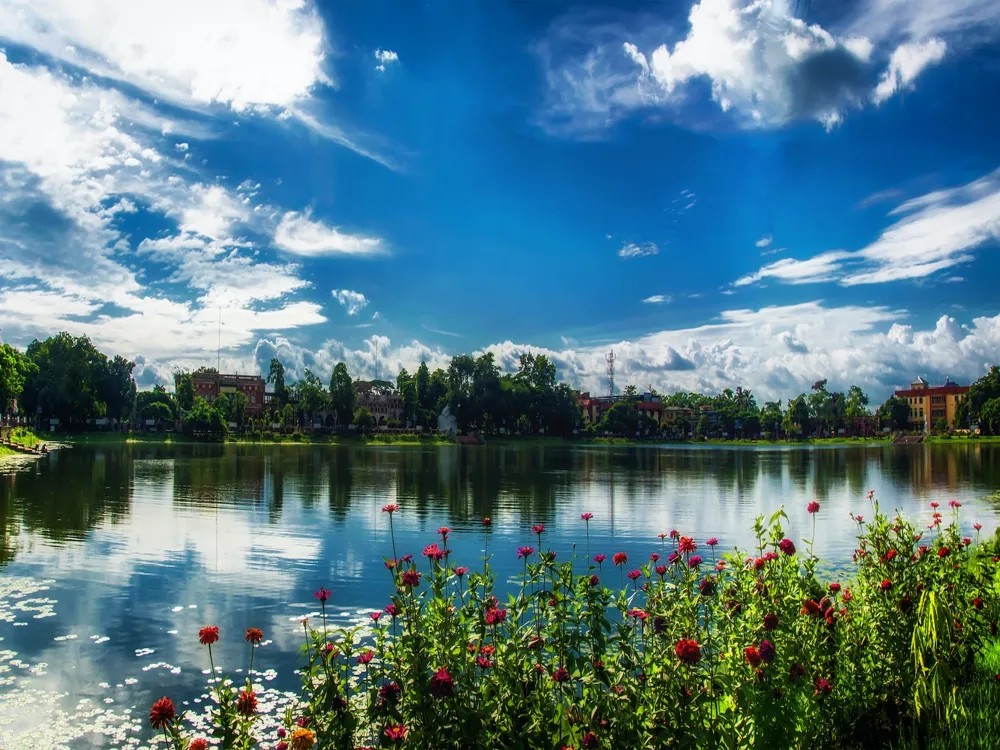Nestled in the northeastern slice of India, Dooars is a breathtakingly beautiful region that forms the gateway to Bhutan and the Himalayas. The word 'Dooars' is derived from 'Duars' which means 'doors' in Bengali, Assamese, and Nepali, aptly named as it serves as the doorway to the mystical mountain kingdoms of the north. This verdant land, cradled by the majestic Himalayas and interspersed with dense forests and glistening rivers, offers a mesmerizing mix of lush scenery, rich biodiversity, and vibrant cultures.
The Dooars region spans over the vast expanse of the Jalpaiguri, Alipurduar, and Cooch Behar Districts of West Bengal. The landscape is predominantly flat with rolling tea gardens, dense jungles, and meandering rivers. This is a land where nature flourishes in its most pristine form. The region is dotted with several wildlife sanctuaries and national parks, including the famous Gorumara National Park, Jaldapara National Park, and Buxa Tiger Reserve, making it a haven for wildlife enthusiasts and nature lovers.
The cultural tapestry of Dooars is equally rich and diverse. It is home to a variety of ethnic groups including the Gorkhas, Bhutias, Adivasis, and Bengalis, each adding their unique traditions, languages, and cuisines to the region's cultural mosaic. The Dooars region is not just a destination; it's an experience that offers a glimpse into the harmonious coexistence of different cultures amidst the bounties of nature.
The architecture in the Dooars region is a fascinating blend of colonial influences and traditional styles, reflecting the area's rich history and cultural diversity. During the British Raj, Dooars was renowned for its tea plantations, and this legacy is still evident in the grand bungalows and clubs built during that era. These structures, often constructed with wood and surrounded by sprawling gardens, exhibit characteristics of British colonial architecture with spacious verandas, high ceilings, and large windows designed for tropical climates.
In contrast, the indigenous communities of Dooars have their unique architectural styles. The tribal villages feature houses made of bamboo, wood, and thatch, known for their resilience against the region's heavy rains and high humidity. These traditional homes, known as 'Chang Ghar', are raised on stilts, a distinctive feature that protects against wildlife and floods. The intricate designs and craftsmanship of these structures reflect the deep connection the local tribes have with their natural surroundings.
The influence of Buddhist architecture is also prominent in Dooars, especially in areas near Bhutan and Sikkim. This is evident in the monasteries or 'Gompas', which are not only religious centers but also serve as custodians of the rich cultural heritage of the Himalayan people. These structures, adorned with colorful frescoes and intricate carvings, stand as a testament to the artistic and spiritual legacy of the region.
The ideal time to visit Dooars is from September to May. The weather during these months is pleasant, making it perfect for wildlife sightings and nature walks. The monsoon season, from June to August, is best avoided due to heavy rainfall and the possibility of floods.
Safaris are a must when in Dooars. Opt for early morning or late afternoon safaris for the best wildlife viewing experiences. Always follow the guidelines provided by the forest department and respect the natural habitat of the wildlife.
Don't miss out on trying the local cuisine. The region offers a delightful array of dishes influenced by Bengali, Nepali, and tribal cuisines. Be sure to try the traditional 'Momos' and 'Thukpa', popular Tibetan dishes that have become a part of the local food culture.
Respect the local customs and traditions. Dress modestly, especially when visiting religious sites. Always ask for permission before taking photographs of local people or their homes.
Dooars is well-connected by road, rail, and air. The nearest airport is Bagdogra Airport, which is well-connected with major Indian cities. The region has extensive rail networks with major stations like New Jalpaiguri (NJP) and Alipurduar Junction serving as key junctions. By road, Dooars can be reached via National Highway 31, which runs through the heart of the region. Public buses, private taxis, and rental cars are easily available for intra-region travel.
Discover the Enchanting Dooars of West Bengal
Architecture of Dooars
Tips When Visiting Dooars
Best Time to Visit
Wildlife Safaris
Local Cuisine
Cultural Etiquette
How To Reach Dooars
Mahanada Wildlife Sanctuary
Dooars
West Bengal
NaN onwards
View dooars Packages
Dooars Travel Packages
View All Packages For Dooars
Top Hotel Collections for Dooars

Private Pool

Luxury Hotels

5-Star Hotels

Pet Friendly
Top Hotels Near Dooars
Other Top Ranking Places In Dooars
View All Places To Visit In dooars
View dooars Packages
Dooars Travel Packages
View All Packages For Dooars
Top Hotel Collections for Dooars

Private Pool

Luxury Hotels

5-Star Hotels

Pet Friendly



















